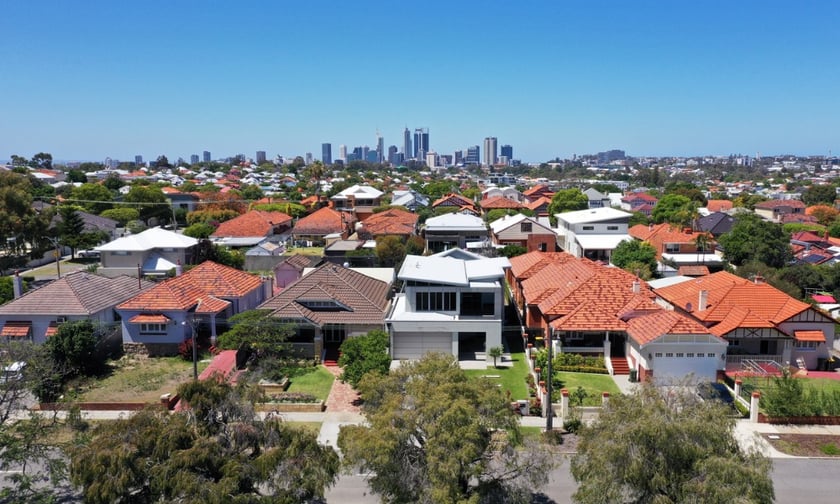

At the REIA Centennial Congress, Sarah Hunter, assistant governor (economic) at Reserve Bank, highlighted RBA’s analysis of housing demand and supply dynamics and their implications for construction activity, the broader economy, and monetary policy.
Drivers of housing demand
Hunter explained that the underlying demand for housing is driven by population size and the average number of people per dwelling.
“A growing population clearly implies that underlying demand for housing is rising over time,” she said.
Australia’s population growth, which is often faster than other advanced economies, is primarily influenced by net overseas migration.
Currently, nearly 27 million people live in about 11 million households in Australia. The average household size has decreased from 2.8 in the mid-1980s to around 2.5 today.
“If the average household size rose back to 2.8, we would need 1.2 million fewer dwellings to house our current population,” Hunter said.
The long-term decline in average household size is partly due to demographic factors such as an aging population and lower birth rates. However, affordability considerations also play a role, with more young adults living with their parents.
“Affordability affects people’s choices of where and who to live with,” Hunter said.
During the pandemic, there was a shift towards more living space per person, driven by lockdowns and the move to working from home.
“This suggests that the recent falls in the average number of people per home will be at least partially permanent,” Hunter said.
Hunter discussed how housing supply eventually responds to rising demand, although the speed and magnitude can vary.
“Prices and rents do the adjusting,” she said.
The pandemic period saw a sharp cycle, with demand for new dwellings rebounding strongly after an initial slowdown, while supply has remained less volatile and trended down.
Despite rising demand, new housing supply has not kept pace due to various constraints, including supply chain disruptions and high construction costs.
“The last couple of years have seen a perfect storm of constraints on activity,” Hunter said.
These constraints have slowed new dwelling completions and pushed up prices significantly.
Higher interest rates impact housing supply by increasing the cost of debt, which dampens new construction. Hunter stressed that while interest rate changes affect housing supply cyclically, long-term demand fundamentals and structural build costs are the primary drivers.
Balancing supply and demand
Hunter concluded by addressing the current imbalance in the housing market.
“Demand pressure, and so upward pressure on rents and prices, will remain until new supply comes online,” she said.
The RBA leader highlighted that government initiatives to streamline approvals and reduce costs are expected to help increase supply, though this process will take time.
Get the hottest and freshest mortgage news delivered right into your inbox. Subscribe now to our FREE daily newsletter.
